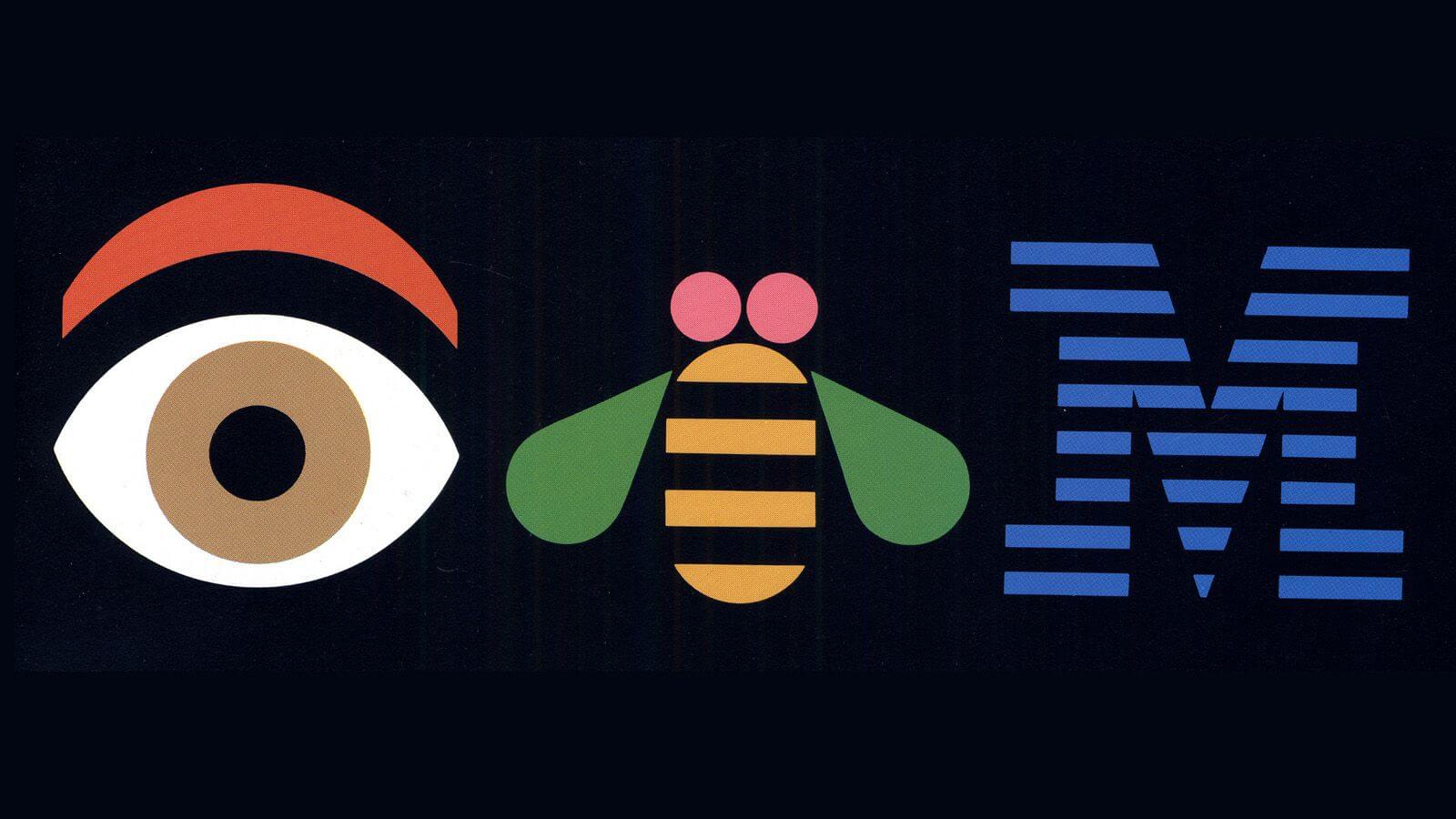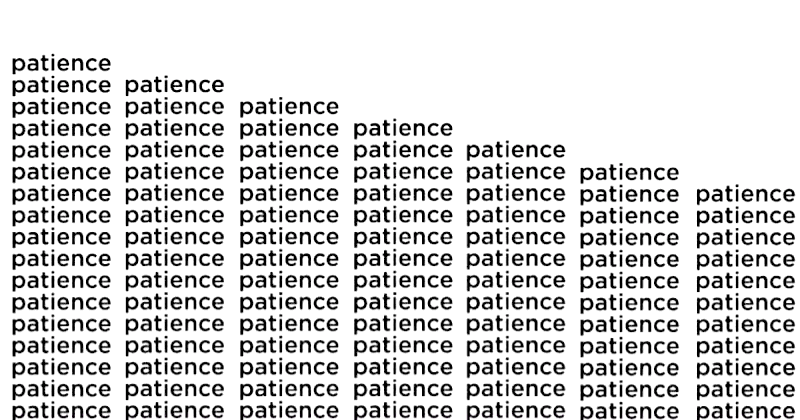
Welcome to MMA100 Week #2!!
We’re BACK!
Here is this week’s useful information and class resources:
Do you need a recap of Week #1 – Go Here <–
**Advanced note – There are no classes on Wednesday 9/8 & Wednesday 9/15 – CUNY classes are not in session. We do not meet in Zoom on those dates. The CUNY BMCC academic calendar can be found here
***Here is tonight’s class photoshop demonstration with Assignment #1 (Tutorial) placed below:
Video Passcode: P^FUh#k6
**Accessing Adobe / Software / Remote Access from home**
Student Adobe Account Access ::
If you need to gain access to the Adobe apps / software for this semester you can follow the instructions on this link below:
https://servicedesk.bmcc.cuny.edu/TDClient/33/Portal/KB/ArticleDet?ID=1070
(Let me know if you have any issues.)
also:
The Borough of Manhattan Community College (BMCC) has a limited number of devices available to lend to students who do not have a personal device at home. For fall 2021, the process for a student to pick up a device has changed. No appointments are necessary and students don’t need to be referred to Student Affairs. Students can pick up devices on Mondays and Thursdays from 10 a.m. to 1 p.m. at 199 Chambers Street. Students will make a left after entering the building and will not go through the turnstiles. They must bring a photo ID and wear a mask. We are closed on holidays.
Students can borrow an iPad or Chromebook, while supplies last. We also have a limited number of internet hotspots for students who do not have access to reliable internet at home.
Students can email help@bmcc-cuny.libanswers.com with general questions about borrowing a device. After receiving the device, they can email servicedesk@bmcc.cuny.edu with technology questions.

Lets be patient with our ourselves and ease in..
We will begin tonight’s class by recapping week #1’s introductions to the course as well as jumping into assignment #1 – our first assignment! The first assignment has 3 parts and I will be sharing a series of tutorials during our Zoom time. I will give a demonstration on how to prepare your design layout, place and resize images, apply layers and also preparing your final designs for output on the web and in print.
Remember, each assignment will have its own page with all of the specifications needed to work on, complete and submit the assignment. Assignment #1 can be found here.
** a Video tutorial from week #2’s Zoom class of assignment #1 – part 1 will also be posted on the assignment #1 page after our class**
Becoming familiar with terms and items like: “design briefs, project sheets and project specifications” are essential to the design industry. We will be come familiar with this process and following a simulation like experience 🙂
We will discuss the progress and submissions process of your finished assignments and how to send and share them via google drive. We will discuss the maintaining of your files and data and how to keep it safe and easy to access.
Assignment Submission guidelines:
When your assignment / assignments have been completed please add them to our class google drive shared folder (link is on blackboard).
Please create a folder for yourself with your first and last name. And, please name your files with your name, assignment# & assignment status – here are a few Example file names – they may looks like this:
Ryan_Seslow_Assignment#2_progress.JPG
Ryan_Seslow_Assignment#2_FInal.JPG
Tutorials – Getting further acquainted with Photoshop – (Terry White is one of my favorite Adobe evangelists!)
Adobe’s youtube channel is here – (so much good stuff!) https://www.youtube.com/c/AdobeCreativeCloud
For those using Photoshop on i-pad – Check this – https://helpx.adobe.com/photoshop/how-to/cloud-documents-ipad.html?trackingid=CD922LTR&mv=email#
Inspiration / Resources: Graphic Design Trends from 2020 –
What kind of design do you like? What inspires you and makes you want to learn more? Do you resonate with the “trends” in the examples below? Share your thoughts and links in the comments section below!
::Vocabulary::
The Elements of Design:
Color – typically known as hue. This word represents a specific color or light wavelength found in the color spectrum, ranging circularly from red to yellow, green, blue and back to red.
Line – is a line just a series of points? Or is it the best way to get from point “A” to point “B”? As a geometric conception, a line is a point in motion, with only one dimension – length. Line has both a position and a direction in space. The variables of line are: size, shape, position, direction, number, interval and density. Points create lines, lines create shapes or planes and volume.
Mass – Here, mass is interchangeable with volume. A mass is a solid body or a grouping of visual elements (line, color, texture, etc.) that compose a solid form. Volume is a three-dimensional form comprising length, width, and depth. Three-dimensional forms contain points (vertices), lines (edges), and planes (surfaces). A mass is the two-dimensional appearance of a three-dimensional form.
Movement – Also known as motion. This element portrays the act or process of changing place or direction, orientation, and/or position through the visual illustration of starting or stopping points, blurring of action, etc. This is not animation, although animation is an end product of movement, as well as other elements of design.
Space – A two-or three-dimensional element defined by other elements of design.
Texture – A technique used in two-dimensional design to replicate three-dimensional surfaces through various drawing and media techniques. On three-dimensional surfaces, it is experienced by touch or by visual experience.
Type – Also known as typography, and it is considered an element in graphic design. Although it consists of elements of design, it is – in itself – often an element in the form of visual communication.
Value – Another word for the lightness or darkness of an area. Brightness measured in relationship to a graded scale from white to black.
The Principles of Design:
The principles of design are applicable to all design disciplines including – but not exclusive to – architecture, art, graphics, fashion, industrial design, poetry, writing, and web design.
The principles of design are tools used to format the elements of design.
Balance – The elements of design converge to create a design or arrangement of parts that appear to be a whole with equilibrium.
Contrast – The “automatic principle.” Whenever an element is placed within a format, contrast is created in the various elements. Can be emphasized with contrast in size, shape, color,
Direction – Utilizing movement to create the visual illusion of displacement.
Economy – A principle operating on the “slim.” Especially important when dealing with clients, where their product or service is more important than the elaboration of design elements. Can also be considered “precise,” or “simplistic.” Or, it can be considered great design.
Emphasis – Also known as dominance. This condition exists when an element or elements within a visual format contain a hierarchy of visual importance.
Proportion – A two- or three-dimensional element defined by other elements of design.
Rhythm – A recurrence or repetition of one or more elements within a visual format, creating harmony.
Unity – Oneness, Harmony, The condition of completeness with the use of all visual elements within a format.

